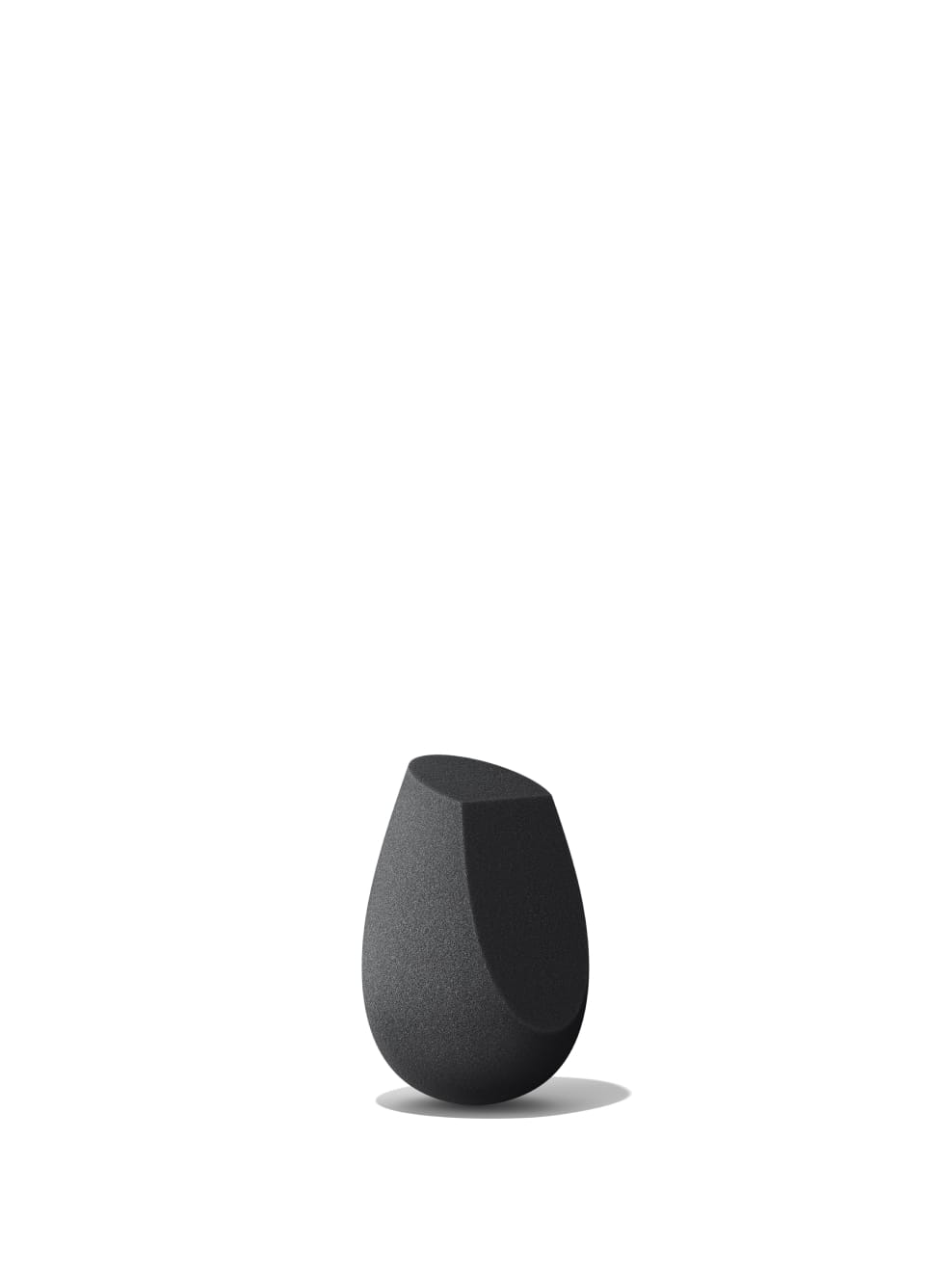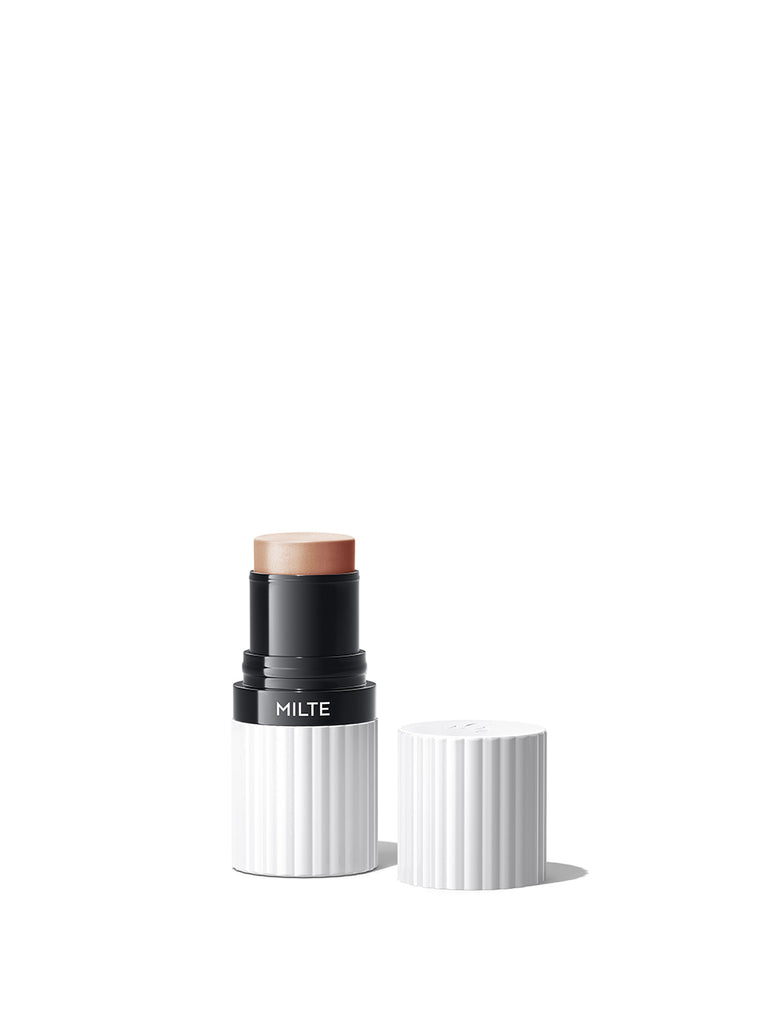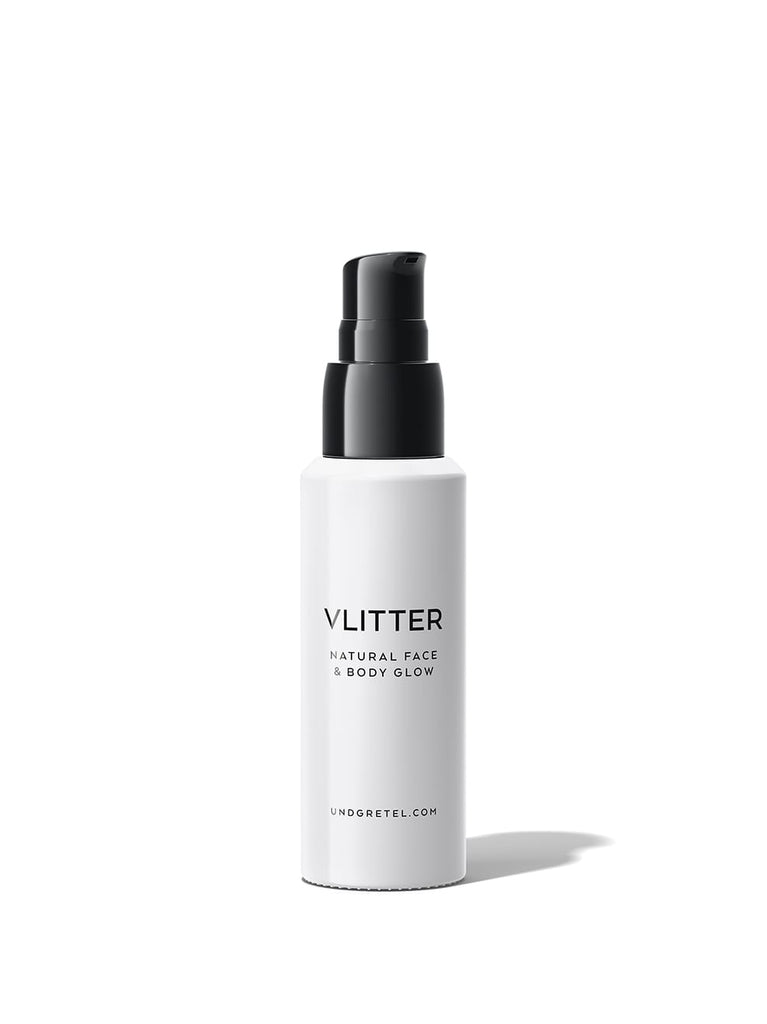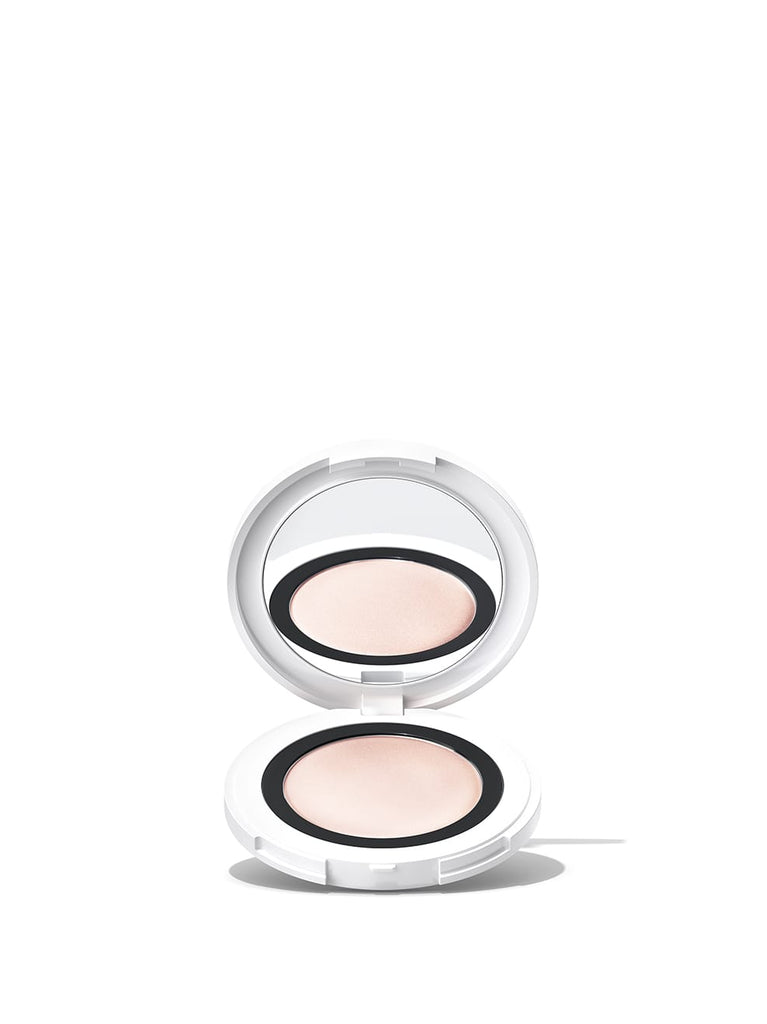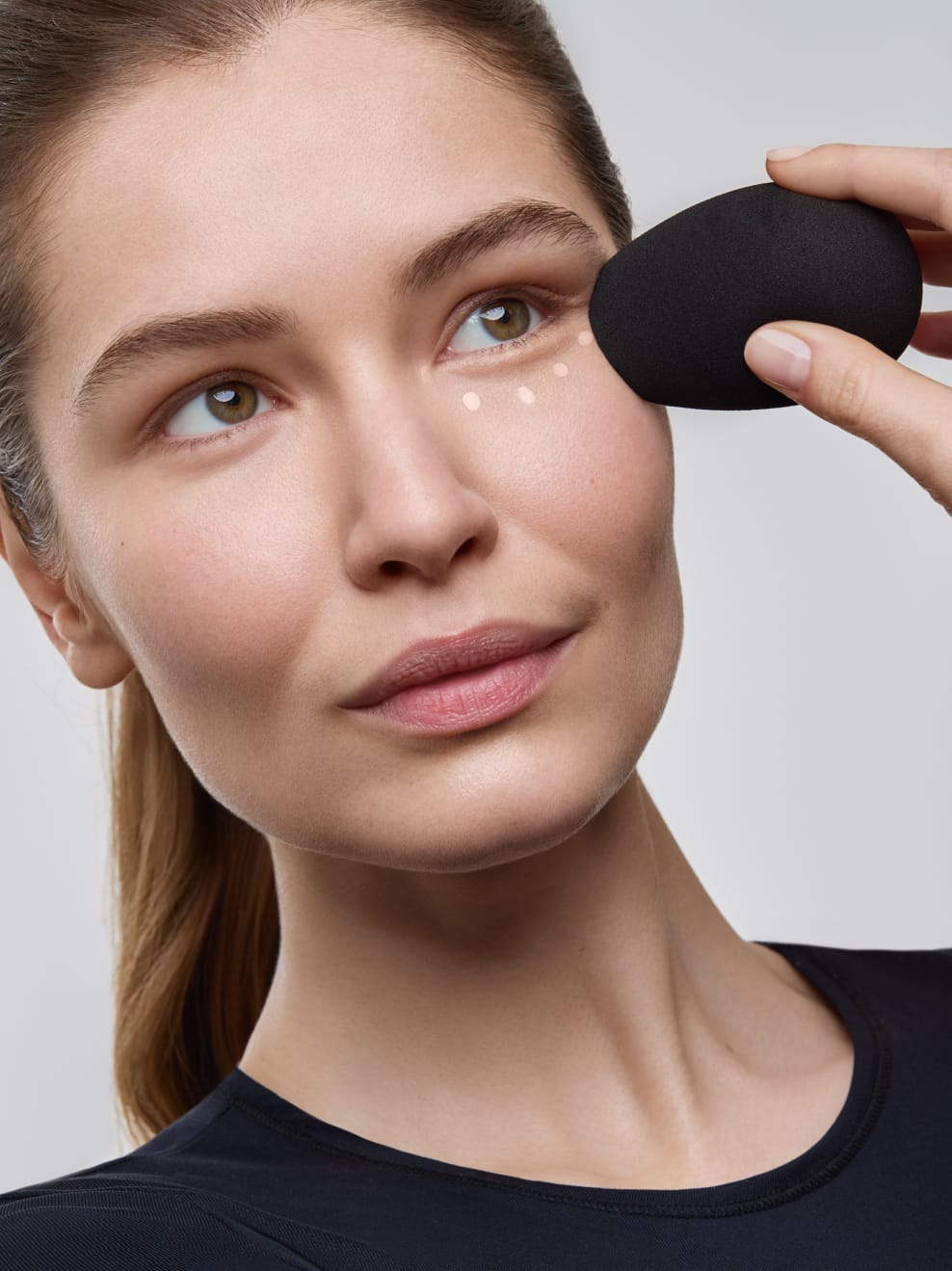
Blends in your
Textures perfectly.
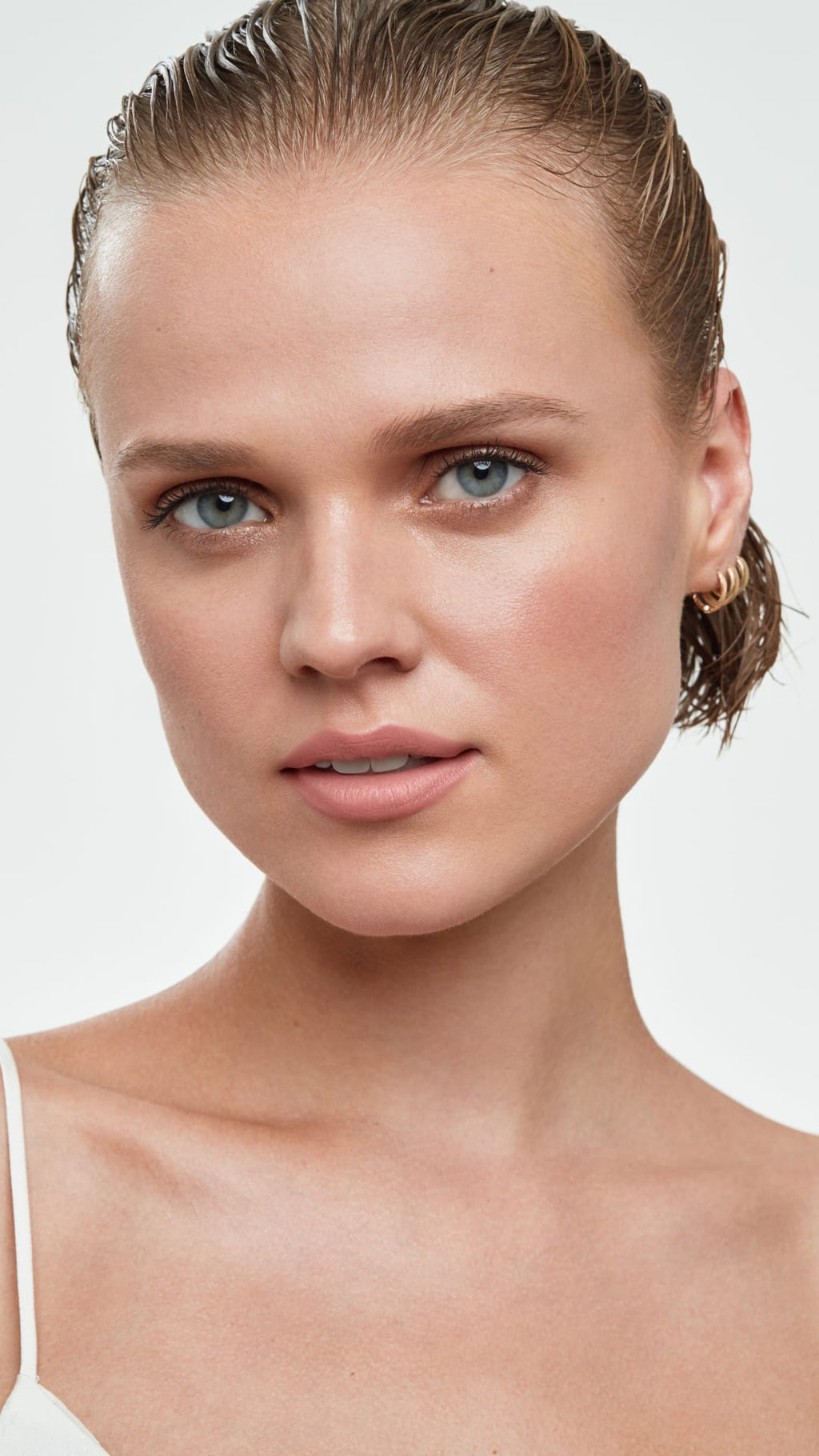
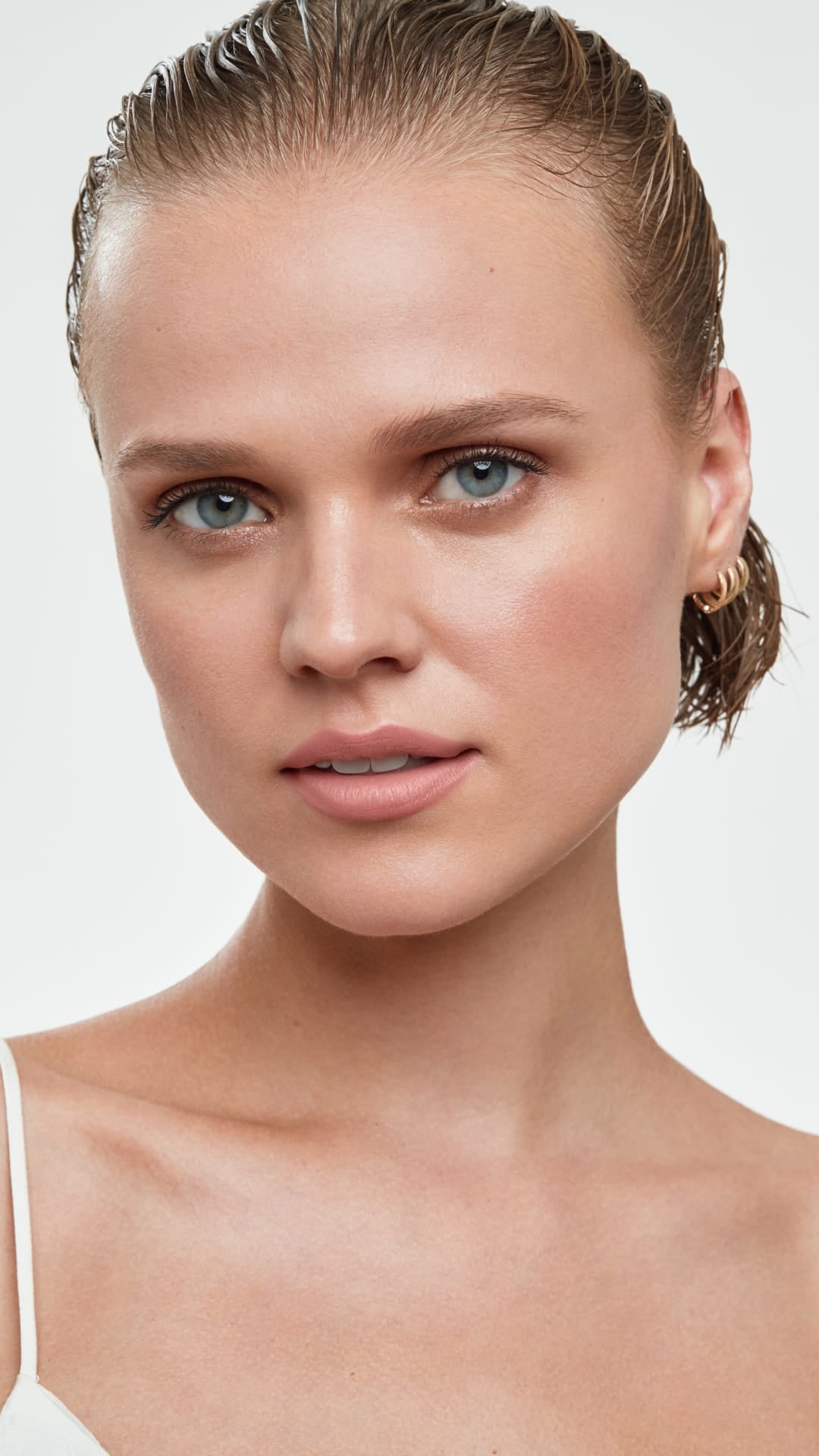
Perfect for
The Beautyblender: An egg that made waves
When it comes to developing makeup tools, UND GRETEL, as an Organic Cosmetic Rebel, naturally feels committed to a special mission. After all, every makeup product from the brand is measured against the uncompromising standards of sustainability and performance. Accordingly, the first Beautyblender from Berlin's Best Beauty Brand is made of a material that is both skin-friendly and environmentally friendly. And one that is absolutely 100% functional! The reusable Beautyblender—also known as a makeup egg or makeup egg—is made of 95% organic polyurethane, which is derived from corn, cassava, and sugar cane juice. Finished in cool black, the brand's logo is embossed on its belly. And like any cosmetic sponge, it is slightly moistened before use—more on that below—so that its surface allows the makeup to blend well into the skin without absorbing unnecessary amounts of product itself.
Beautyblender vs. makeup sponge
What makes a Beautyblender so special? The difference between a professional makeup sponge and a conventional makeup blender lies primarily, but not exclusively, in its shape. The curves and tips of a makeup sponge are specifically designed for different areas of the face. The egg-shaped tip is ideal for hard-to-reach areas, such as under the eyes and around the nose, while the wider end is suitable for larger areas such as the cheeks, chin, and forehead.
The mostly round disc sponges that are often included in powder compacts or even with liquid compact powder are only of limited functionality. They are easy to use: you simply dab your chosen makeup product onto your skin until it achieves sufficient coverage. However, their shape is not really suitable for precise and even application. Another disadvantage is that every product seeps into this type of sponge, meaning some of it is wasted. The tool also gets dirty quickly. A beauty blender, on the other hand, is more economical, cleaner, and more precise. It is not just the shape that distinguishes the makeup egg from its somewhat simpler, round relatives. The basic method of use is also different: you soak a beauty blender in water before use and, after squeezing it out, use it damp, not dry! All beauty blenders are made of special materials whose surface, when slightly damp, does not absorb much of the blended makeup product. Whether foundation, concealer, blusher or even eye shadow: they all stay on the surface of the makeup egg, from where they can be easily applied to the skin.
Form follows function: Beautyblenders can do everything
The first idea for the egg-shaped Beauty Sponge came from Californian celebrity makeup artist Rea Ann Silva. Legend has it that she couldn't find anything that would allow her to achieve a quick yet flawless makeup finish. Then, the American with Latino roots rose to become head makeup artist for "Girlfriends," the very first high-definition television show in the US. For reasons of time and efficiency, she simply cut sponges into the now-famous egg shape by hand behind the scenes. Because these quickly disappeared into the makeup bags of all the stars and starlets she worked with, Rea Ann commercialized her Beauty Blender in 2003. Today, the tool, in a variety of forms, is firmly established among all cosmetic brands and makeup users. This egg has revolutionized the cosmetics world—which is why a natural cosmetics version is so perfect for UND GRETEL.
And yes: You can do just about anything with a Beautyblender. The wide end is for applying a luminizer like IMBE or the liquid highlighter VLITTER . The tapered part is perfect for applying and blending TUNKAL Concealer or a few dabs of IMBE Eye & Cheek Shadow. And you can use the flattened side to harmoniously blend lines when contouring with things like SUNNE Contouring Powder. The more bulbous side is ideal for blending over a wider area and/or dabbing off excess product. Because Beautyblenders are now available in a wide variety of shapes and sizes, here is a brief overview of how to work particularly easily or effectively for certain types of application.
- The large Beautyblenders: These are the workhorses of makeup eggs, suitable for most cosmetic products. The larger, rounded end applies foundation and liquid highlighter flawlessly, while the pointed end is used for hard-to-reach areas around the nose and under the eyes. The sides of the egg create an airbrushed texture with contour, highlighter, and powder.
- The mini blenders: If you value extra cleanliness, treat yourself to an extra-small beauty blender for those hard-to-reach areas. They're also a bit more handy, allowing you to use their tip to apply LUK or ILGE colors to your eyes. Of course, that's only if you don't already own an eye contouring brush, as recommended by UND GRETEL.
- Body blenders: Oversized beauty blenders are ideal for evenly distributing self-tanner, body bronzer, or a liquid highlighter like VLITTER . This beauty sponge is designed to prevent streaky legs or orange-tinged palms in the summer. While it takes a bit longer to apply than using your hands, the result is more even.
An important tip for the correct use of any Beauty Blender: Never sweep the makeup sponge across your skin. This would simply push the makeup product back and forth without blending it nicely into the skin. Instead, move the blender up and down in a dabbing motion, applying light pressure. This technique creates even, seamless coverage and a professional effect for all makeup products, whether foundation, concealer, or eye color—even if you're not a pro.
How to clean your Beautyblender
To maximize its lifespan of up to 3 months, the Beautyblender should be washed regularly. To clean, first soak the sponge in lukewarm water and add a small corner of the gentle VEST shampoo bar. Alternatively, you can dab the Beautyblender into a moistened shampoo bar. Gently massage the makeup egg, then rinse and repeat the process until no more color comes out. Another cleaning method: Place the sponge in a laundry net with the rest of your laundry in the washing machine at 30 degrees. Then air dry it. Avoid using a tumble dryer or exposing it to direct sunlight to avoid shortening the lifespan of the bioplastic.
At some point, a makeup sponge needs to be thrown out anyway. Everyone loves their makeup tools, but even a beauty blender needs to go at some point. For the UND GRETEL blender, a time limit of about three months is recommended. If its surface becomes noticeable or crumbling due to heavy use or improper cleaning, it needs to be thrown out and replaced. Even with thorough cleaning, products gradually build up. If you use the makeup sponge daily, the three-month rule generally applies. If it is only used occasionally and kept clean, the blender will last longer, but still not forever. It will eventually dissolve. When small sponge particles start to peel off on the skin, that's the sign to let it go. Another sign of its finiteness: It becomes impossible to clean it properly. If most of the product no longer comes out and the tool is permanently discolored, even the most beautiful makeup sponge is past its prime. Things get critical when you don't follow these rules – and in the worst case, you suddenly experience skin reactions. In that case, the makeup sponge is most likely the culprit. The more porous its surface becomes, the easier it is for product residue to remain and bacteria to nest. Then it's definitely a case for the trash.

